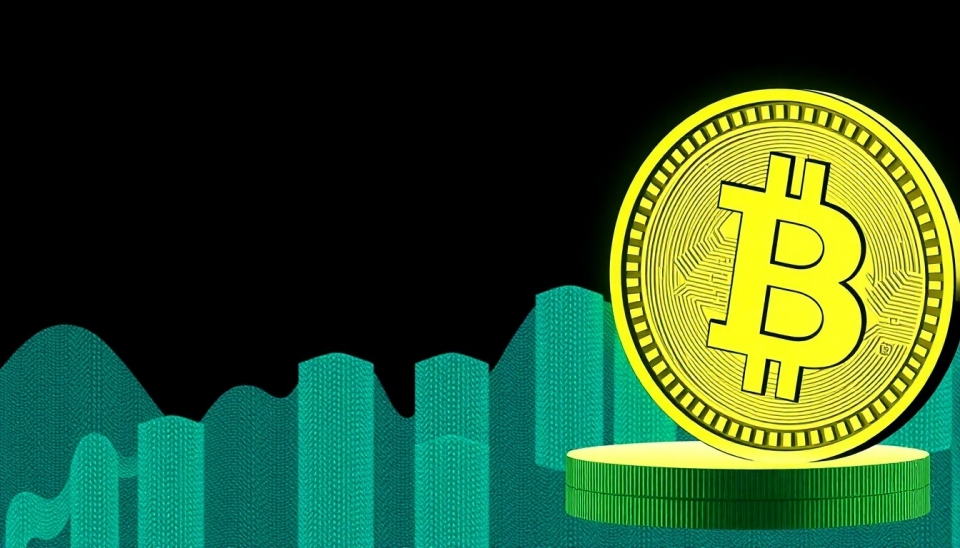
In an astonishing revelation, a report by Ernst & Young (EY) unveiled that Indians collectively spent an astounding 1.1 trillion hours on smartphones throughout the year 2024. This monumental figure underscores not just the incredible ubiquity of mobile technology in daily life but also the rapidly evolving digital landscape in one of the world's largest economies.
The report, which highlights trends in mobile usage and consumer behavior, indicates that smartphone penetration in India has reached unprecedented levels. With over 1.5 billion mobile subscribers, the country demonstrates a relentless appetite for mobile connectivity, emphasizing how crucial smartphones have become in the life of an average Indian citizen.
As digital consumption rises, activities such as social media engagement, online shopping, gaming, and streaming services have surged, accounting for a significant portion of this extensive phone usage. The EY report presents a comprehensive analysis of various categories wherein users are spending their time, revealing how central smartphones are to entertainment, communication, and even professional activities.
Interestingly, the report details the rise of various apps that have captured user attention. Social media platforms lead the way, drawing millions of users each day. From TikTok to Instagram, the influence of these applications shows the shift towards visual and interactive content in consumer habits. Furthermore, as the online retail market matures, e-commerce applications have seen a marked increase in usage, reflecting changing shopping behaviors propelled by convenience and access.
The ramifications of such extensive smartphone use are multifaceted. While it promotes connectivity and economic growth, there are growing concerns surrounding issues like digital addiction, privacy breaches, and the impacts on mental health due to excessive screen time. EY's analysis emphasizes the necessity for stakeholders, including technology developers, policymakers, and consumers, to address these challenges proactively.
Experts assert that while the growth presents opportunities for businesses, particularly in sectors like telecommunications and mobile applications, it also necessitates the establishment of responsible digital practices. Promoting digital literacy, creating awareness about screen time management, and ensuring robust privacy measures are crucial steps that need implementation as mobile usage continues to escalate.
The statistics from the EY report not only illuminate India's digital journey but also reflect broader global trends in smartphone dependency. As countries all over the world adapt to the digital age, the Indian scenario serves as a case study in navigating the balancing act between leveraging technology for growth while mitigating potential risks.
As 2024 unfolds, it will be increasingly important for individuals, businesses, and regulators to understand and respond to these trends, shaping a digital future that is as beneficial as it is responsible.
In conclusion, the immense amount of time Indians are spending on smartphones presents both tremendous opportunities and significant challenges. As the digital landscape evolves, the focus must be directed not only on achieving connectivity but also fostering a healthy and sustainable digital environment for all.
#SmartphoneUsage #India #DigitalAge #TechnologyTrends #EYReport #MobileConnectivity #DigitalEconomy #SocialMedia #Ecommerce #TechAddiction #DigitalLiteracy
Author: John Miller




